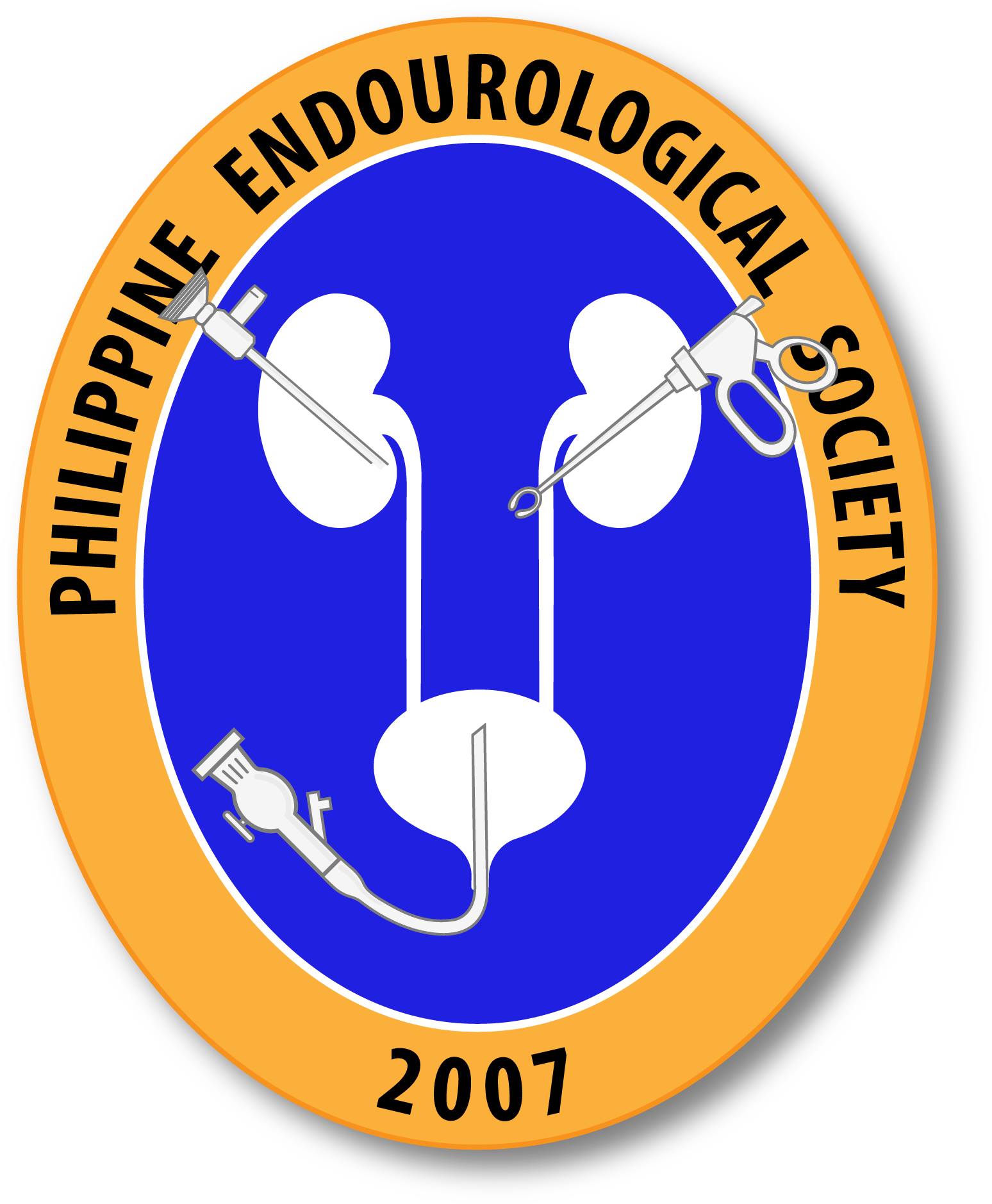Clinical outcomes after laparoscopic sacrocolpopexy for pelvic organ prolapse: A 3-year follow-up study.
To evaluate the mid-range subjective and objective success rate of laparoscopic sacrocolpopexy. Of the 317 women with pelvic organ prolapse who underwent laparoscopic sacrocolpopexy surgery at the same center between January 2013 and March 2015, we assessed 233 patients who were followed up for >3 years.
